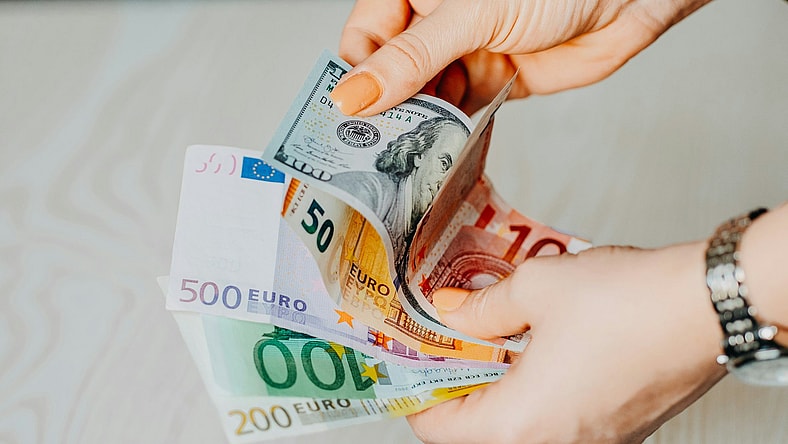
Paper money and coins haven’t been around forever. When humans and civilizations first started trading goods with each other, their forms of currency were much different than what you see today. From incredibly large stones to animal pelts, these ancient currencies helped build society, even if the forms of currency were incredibly bizarre. Keep reading to learn more about seven ancient currencies that will have you scratching your head.
7. Ostraca
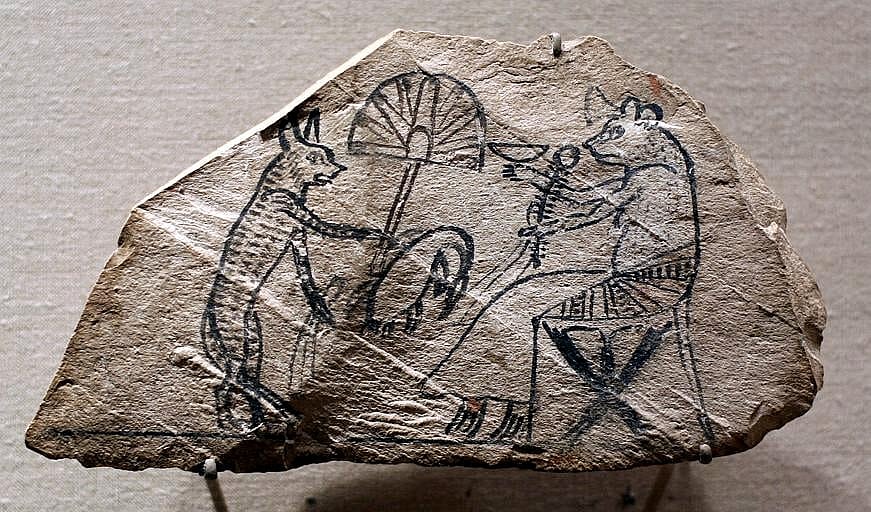
Starting our list of bizarre ancient currencies is the ostraca. Multi-purpose notes from Ancient Egypt, ostraca were etched on limestone flakes, creating everything from cartoon-like images to to-do lists and eventually a form of currency. For instance, if a farmer needed to store his grain, he would receive an ostraca, functioning as a receipt. When the farmer returned, a portion of his grain would be taken as payment for the owner.
RELATED: 6 Rare Coins Still in Circulation
6. Cheese

Sixth on our list of ancient currencies happens to be edible. In Italy, there has been a long history of using large wheels of Parmesan cheese as currency. It started in the Middle Ages when cheese was used as collateral for bank loans as well as a form of currency. With a long maturity time and hard times, especially during World War II, cheese became increasingly valuable.
5. Squirrel Pelts
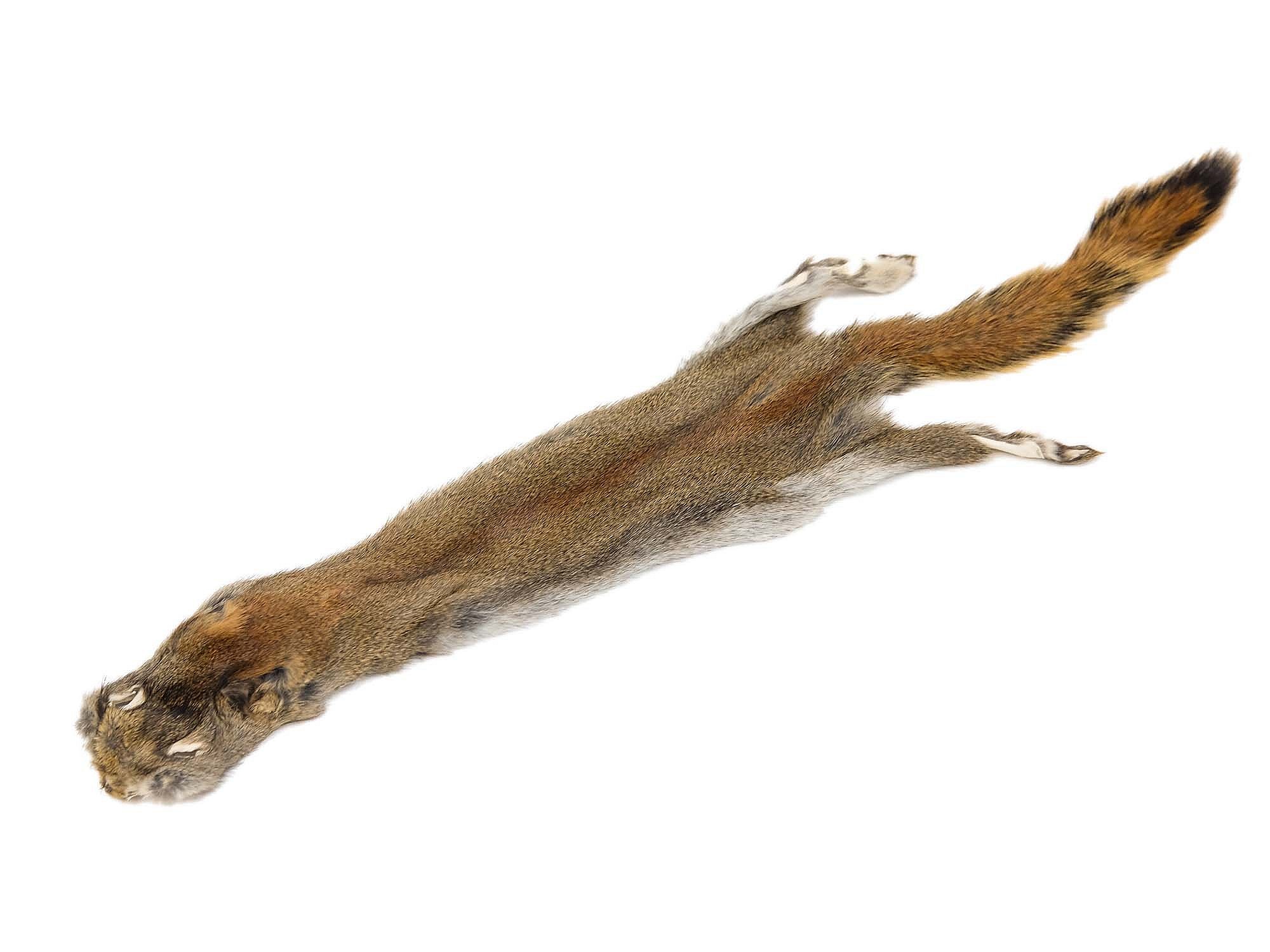
Coming in fifth on our bizarre ancient currencies list is squirrel pelts. During the medieval period, Finland and Russia used squirrel pelts as currency. Pelts were a standard form of currency, while paws and snouts were cut off for small change. The most valuable were red squirrel pelts, and a common value conversion during the time was 100 squirrel pelts for one cow. Today, the Finnish word raha refers to money, but during medieval times it meant “squirrel fur,” continuing the history of trading pelts.
CHECK OUT: 11 Most Valuable Foreign Coins: From Europe to Africa
4. Salt
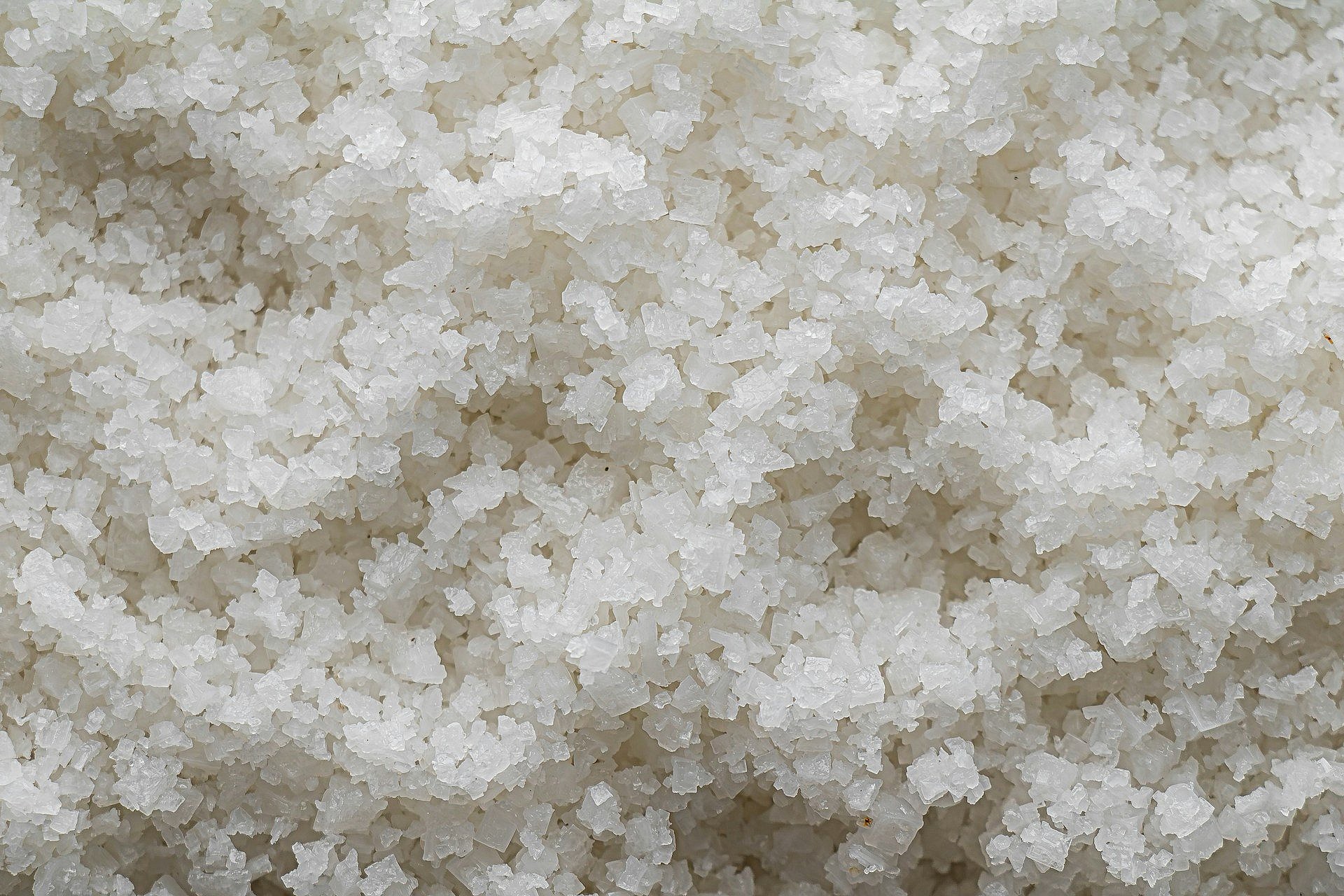
While you may use it today to season your food, salt is one of the most famous ancient currencies. According to legend, Roman soldiers were paid in salt, but it is more often believed that salt was used instead of coins when they were unavailable. Salt is still used today as currency by nomads in the Danakil Plains of Ethiopia, but the practice was more widespread in the past due to the high value of salt.
ALSO READ: 7 Oddest Jobs People Had From Ancient History
3. Rai/Fei Stones
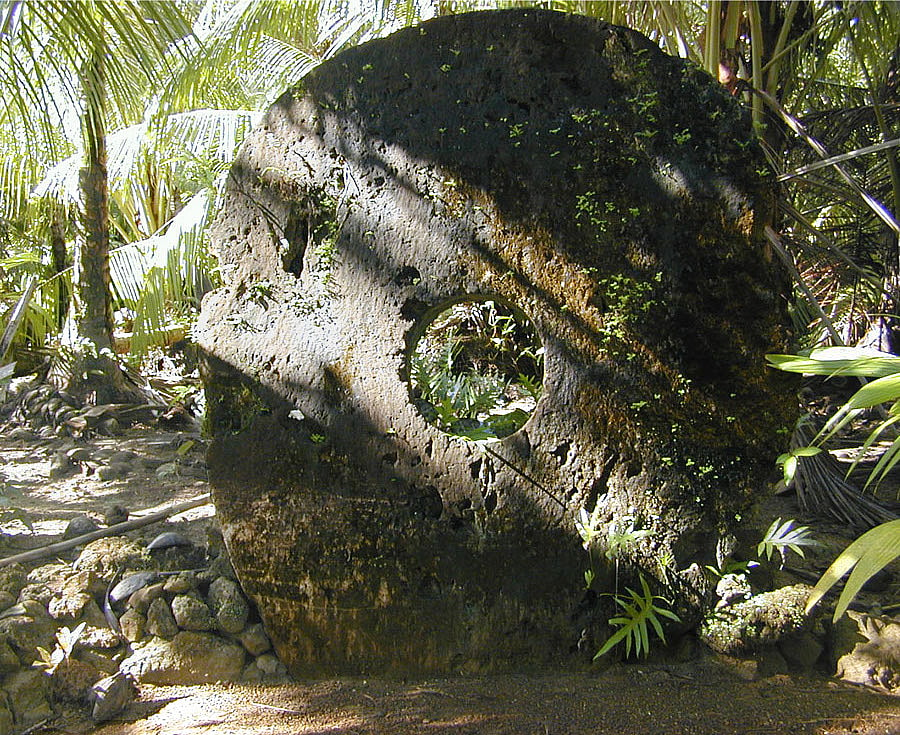
Rounding out the top three bizarre ancient currencies is the Rai/Fei stone. Found on the island of Yap in Micronesia, stone discs with holes carved in the middle were used as currency. While not completely strange, the weirdest part came in the variation of size from just over an inch in diameter to several yards in diameter. Many of these larger stones are immovable but represent a history of past owners, traditional purposes, and the prestige of the owner.
2. Tea Bricks
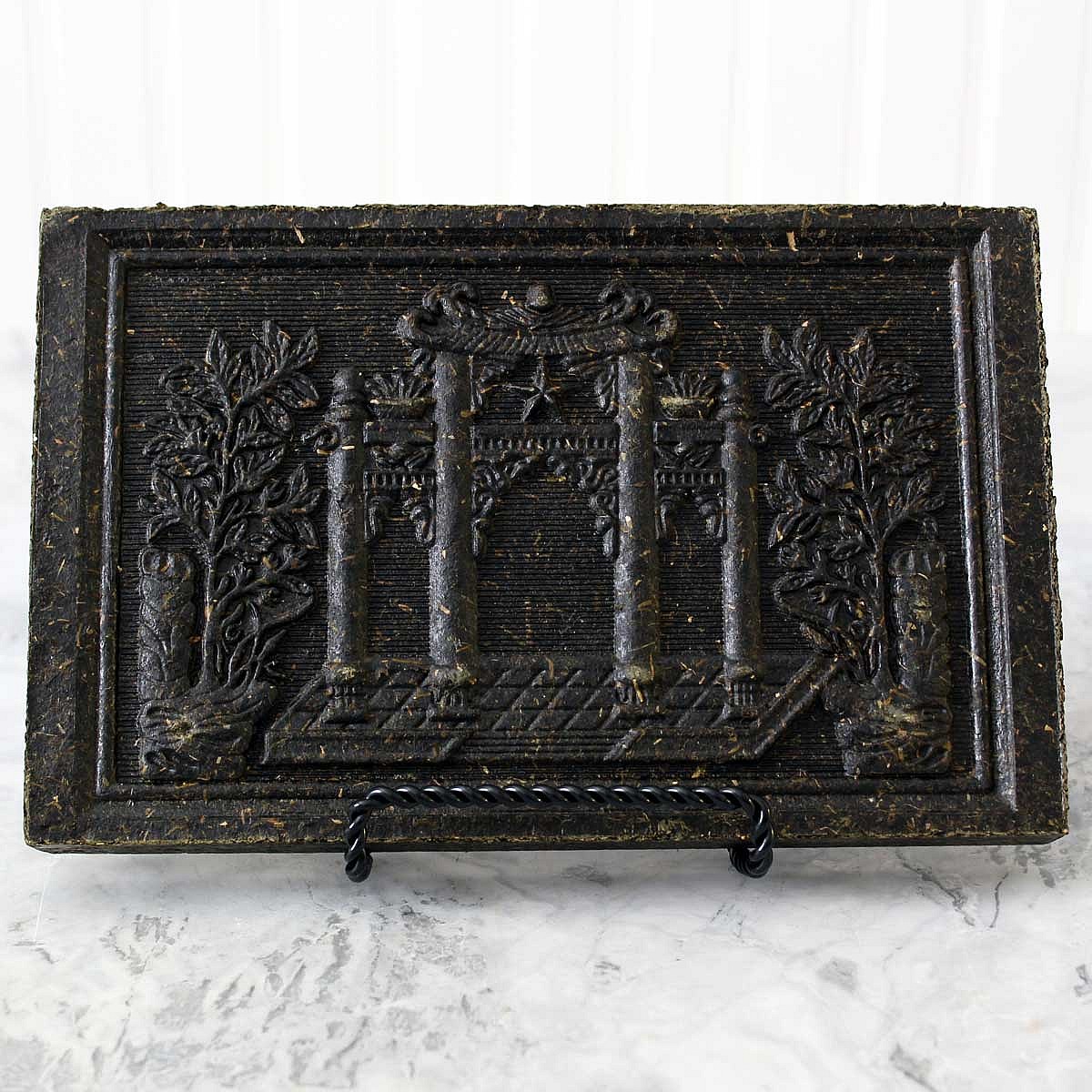
Second on our list of ancient currencies are tea bricks. Found in many parts of East Asia, the practice has become less common over time. The bricks are made by taking powdered tea and compressing it into molds, and can even be customized with different designs. The high value of certain teas led to the formation of tea as currency, particularly popular in Siberia.
CHECK OUT: 12 Expensive and Rare Teas of the World
1. Dolphin Teeth
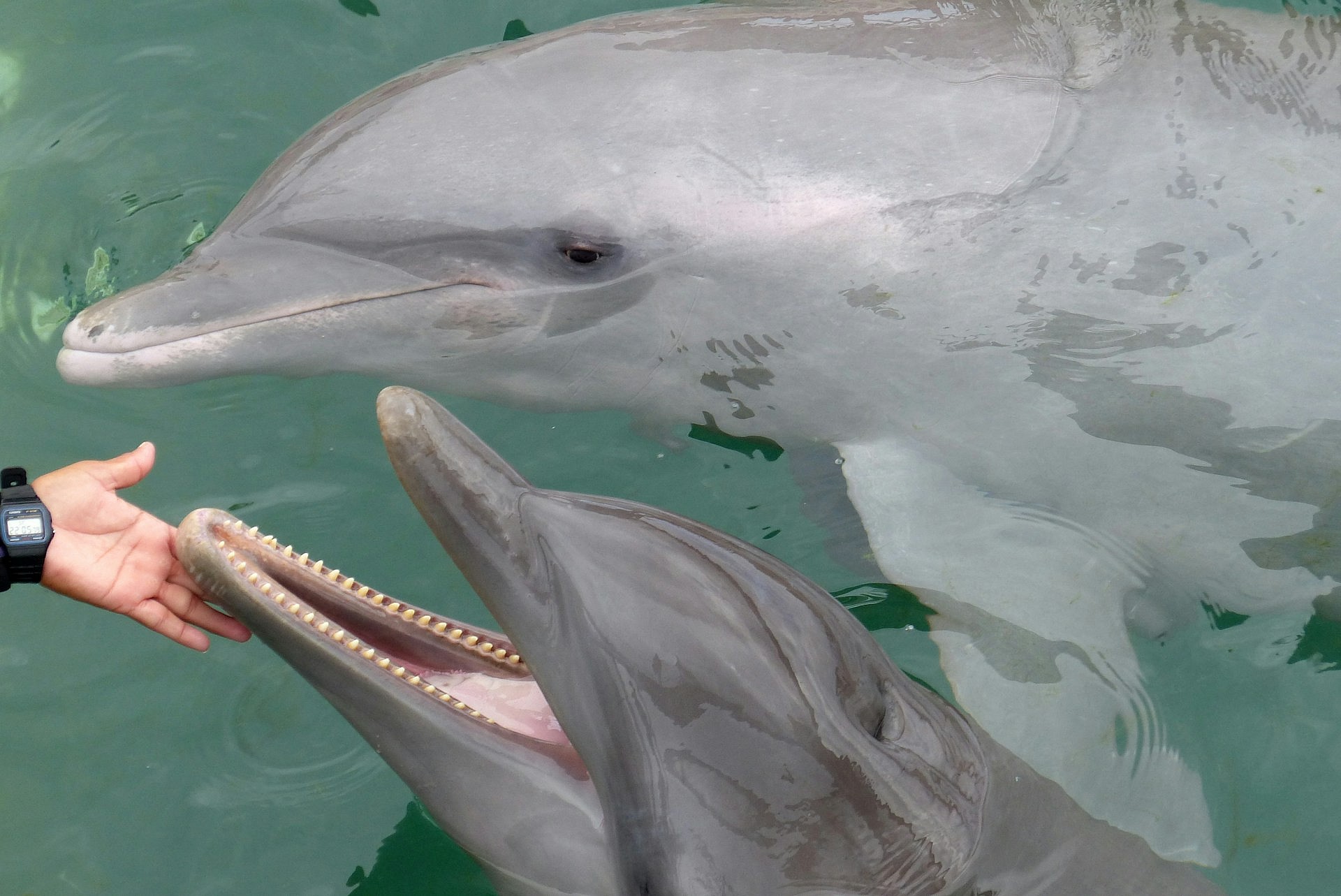
Last but not least on our bizarre ancient currencies list is dolphin teeth. While quite concerning in modern times, the dolphin teeth were used as currency in the Solomon Islands, dating back hundreds of years, and are still used today. The teeth can be used for several types of transactions but are especially important in traditional roles, such as purchasing a bride. This usually costs around 1,000 dolphin teeth, representing the death of ten dolphins.
READ NEXT: What Is the Oldest Artifact in the World?
